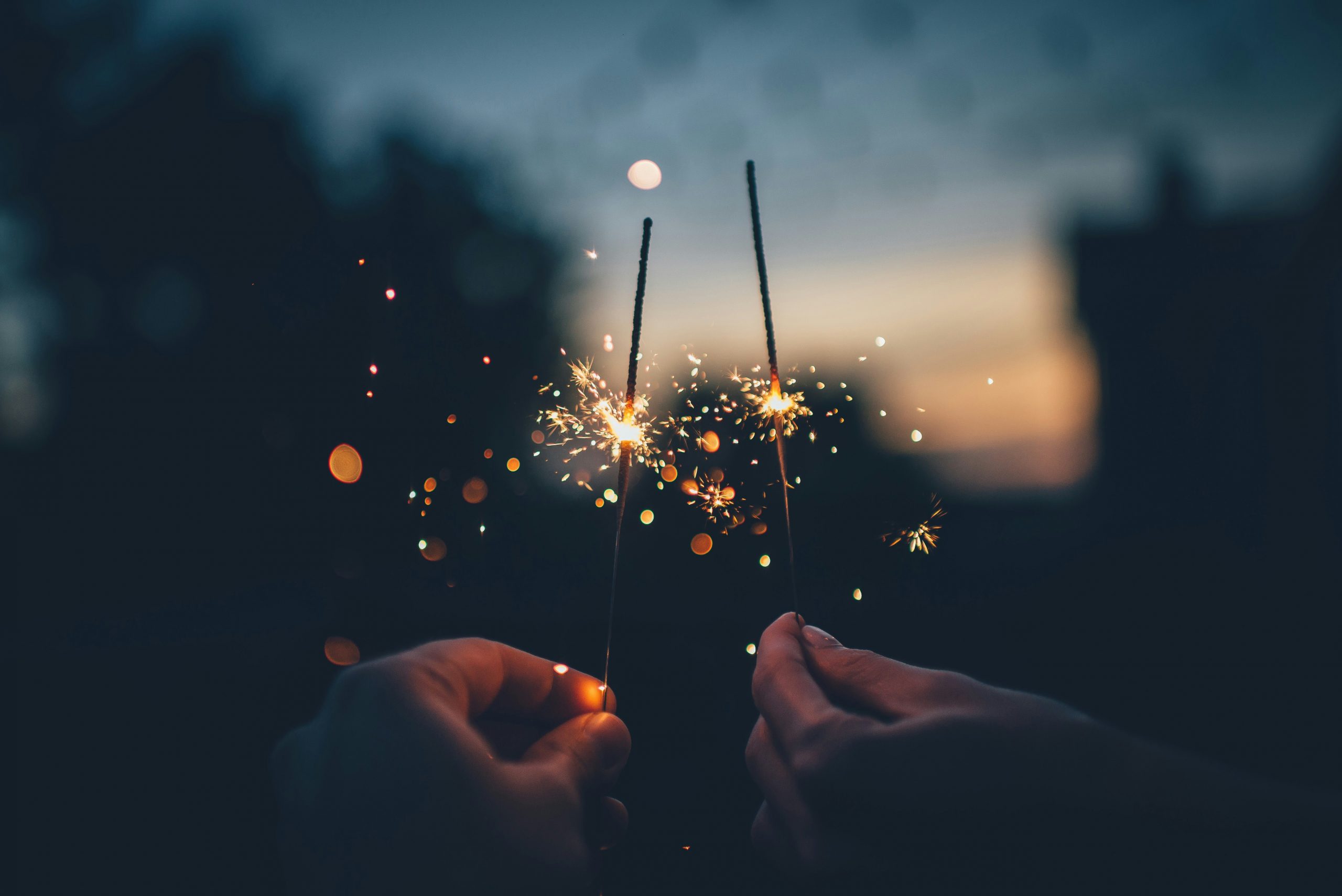By Jaya Jha
NFT, or a non-fungible token is a unit of data stored in a blockchain that offers a unique digital certificate, making it non-interchangeable. More broadly, an NFT allows establishing the “provenance” of the assigned digital object, offering definite answers to questions such as who owns, previously owned, and which of the many copies is the original. This process is done digitally and utilizes blockchain technology to keep a record of everything, from the inception of the NFT to all the proceeding transactions.
However, this raises the question of:
If all art is online, why can we not copy and paste the image?
Ownership of a real piece of art matters and is appreciated widely in society. People prefer to own the original artwork as it provides them with social and monetary value.
According to Statista, the traditional art market is worth around 65.1 billion dollars annually. It offers the social benefit of being the only person to own a specific piece or be regarded as a collector of artworks.
So, whilst you can easily copy an NFT image or buy a counterfeit painting, you would not have the original asset with the certificate of authenticity.
The art market is a rigged game as it is rare to see an artist selling their artwork at auctions for tens of millions of dollars merely due to the artist’s skill alone. From galleries to art dealers to museums, influential collectors and auction houses, many parties play a role in determining the next prominent artist. The art world is not a democracy since the dealers dictate what is considered valuable in the art market. It is similar to any other consumer-based industry where the general population doesn’t decide on a trend.
One advantage of using NFTs is the option of having perpetual royalties. With art, most of the significant sales happen on the secondary market, which means someone other than the artist is selling their work. It doesn’t matter if the piece sells for 100 dollars or 100 million dollars; the artist doesn’t receive all of the profit.
However, more than 70 countries in the EU and UK do provide resale royalties; they are relatively minuscule for the original artist.
NFTs offer an exciting solution to this problem. Minting is the process of turning your art into a token which is added to the Ethereum blockchain. By minting your art and turning it into an NFT, that token can now be sold and traded in NFT marketplaces. When minting an NFT, the artist can choose to put a perpetual royalty on their work, meaning that the artist receives a percentage of future sales of that piece. Since these artworks are programmed into the NFT, which is irrevocable, the artist selects the royalty, which is typically between 10% and 30%.
NFTs make duplicating multiple editions of the same work more effortless than ever. When an artist is minting their work into an NFT, they can decide if they want to produce one or multiple editions of the same work. Although artists could create multiple identical editions of their work before this, it was more of a labor-intensive process to do physically instead of digitally.
The benefits of NFTs include viability for digital works as art and assets, openness and transparency for buyers, a more accurate, quicker and cheaper authentication process, perpetual royalties on future sales for artists and the ability to duplicate originals with a low labour cost.
The NFT market has seen exponential growth over the last year, with a new market of artists, buyers and supporters from within the crypto community. According to Reuters, NFT sales hit a whopping amount of $25 billion in 2021, with the world’s top brands like Coca-Cola and Gucci selling NFTs.
The art market is currently in a bubble, and NFTs are quite the new technology. While it’s difficult to say what will happen in the near future, it is undeniable that NFTs offer some clear benefits which may be too lucrative to pass. The market is in its infancy and will continue to grow for how long it can keep growing at its current rate.┬á┬á┬á
Image by Simon Lee via Unsplash


